American Austin: When “big enough” was still too small
It’s easy to think that in America, when it comes to cars, big is beautiful and nothing else will do. But over the years an array of diminutive cars has come to market, although in a super-sized nation the sales volumes have invariably been similarly mini. One such example is the King Midget, which was only one step up from a bumper car; it came in the wake of the American Austin, which was probably the smallest full-sized car ever to be marketed in the U.S.
The Austin Seven had been introduced in 1922, and over the next few years it would be licensed for production by BMW as the Dixi, and in France as the Rosengart. Datsun copied the design but didn’t license it; Herbert Austin, the founder of Austin, was convinced that there was an opportunity to produce and sell his pint-sized family car in the United States. He shipped four Sevens to New York in January 1929, where they would be displayed at the National Automobile Show.
Herbert Austin’s next step was to take out advertisements in the biggest newspapers, inviting interested parties to get in touch if they could make and sell the Seven in America and Canada. Two people came forward: New Hampshire–based Arthur Moreau and Delaware-based Elias Ritt. It would be the latter of the two who would clinch the deal to make up to 50,000 Sevens per year in a factory in Butler, Pennsylvania, previously owned by the Standard Steel Car Company.
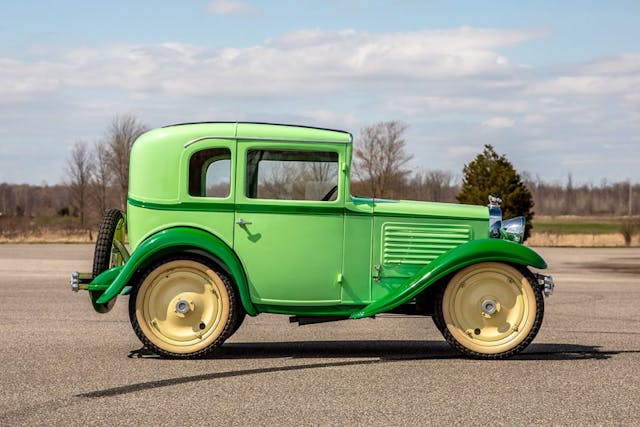
Ritt appointed Arthur Brandt to run the show; he had previously been a GM executive, vice president of Oakland Motors (later Pontiac) and had been key in trying to establish an automotive industry in Russia. The agreement was that the American Austin would share its British counterpart’s engine and chassis but the bodywork would be updated to better suit American tastes. To that end, Brandt commissioned the Hayes Body Company to realize some less quaint lines.
The design task fell to Alexis de Sakhnoffsky, whose brief was to come up with a car that could accommodate two people of average size, plus their luggage or one or two small children. The result was a car with perfect proportions, in both two-door sedan, delivery van, and roadster forms.
The American Austin had been designed during the autumn of 1929. In October 1929, the Great Depression hit. The economy went into free fall, but that didn’t deter Brandt, who showed three prototypes at a trade fair in spring 1930. The reaction was incredible, with scores of dealers signing up and 50,000 orders for cars taken.
By June 1930 the American Austin was in production, with 100 cars leaving the production line each day.
Powered by a 747cc engine, at a smidge over ten feet long, the American Austin was a full 28 inches shorter and 16 inches narrower than any other car then on sale in the states. Marketed as a second car for local trips, the American Austin was priced at $445, which put it within $5 of the Ford Model A, a car that was plenty big enough to serve as primary family transport. But the Austin’s running costs were ultra-low, its maker claiming that buyers could save money by running one alongside a bigger car.
The American Austin became a sensation, with celebrities queuing up to buy one. By the end of 1930 American Austin claimed that it had sold 184,117 cars with 19,300 dealers having signed up. But behind the scenes the real figure was nowhere near as impressive—just 8558 cars, which wasn’t enough to sustain the company.
In a bid to boost those disappointing sales, a coupé and cabriolet were introduced in 1931, but sales dropped further still, with just 1279 cars sold in 1931. The Great Depression was part of the problem, but more fundamental was the fact that Americans didn’t want such tiny cars.
At the start of 1932, Reuben Gill was brought in to run the company, but with unsold cars piling up, he was left with no choice but to suspend production in spring 1932 before putting American Austin into receivership.
Just when it all seemed to be over, the man who had sold 80 per cent of the American Austins, through his dealer network, ended up taking over the company. That man was Roy Evans, who bought the 1500 partly built cars, finished them, and easily sold each one for $295.
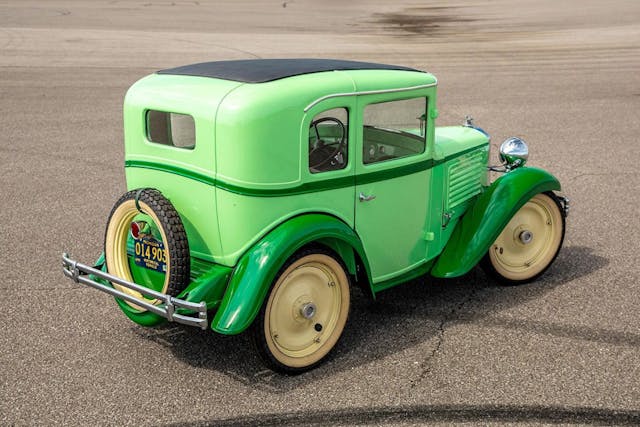
A born salesman, Evans put the American Austin back into production, and sales hit a relatively healthy 4726 units in 1933. Unfortunately, the future survival of the company was not assured. By June 1934 Evans had filed for bankruptcy, after sales again slowed to a trickle. The final American Austin was made on 1 December 1934, with production having totaled 20,000 or so.
That’s not the end of the story, though, because Evans headed a consortium that bought the American Austin land, buildings, parts inventory, and machinery for $5000. No further cars were produced, but spare parts were made to keep existing cars going. Evans’ new operation was called the American Bantam Car Company and it was incorporated in June 1936. A new range of cars was launched in 1937 with production continuing until August 1943, by which point the factory had been turned over to munitions manufacture.
However, three years earlier American Bantam came up with a vehicle design that would change the course of the Second World War. We’ll tell that story soon.
Check out the Hagerty Media homepage so you don’t miss a single story, or better yet, bookmark it.
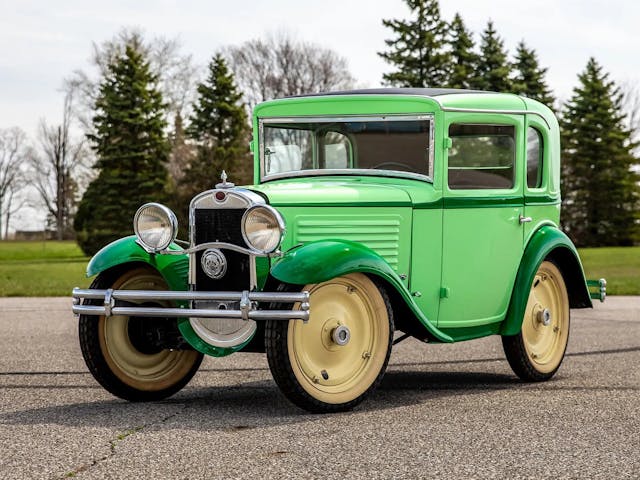

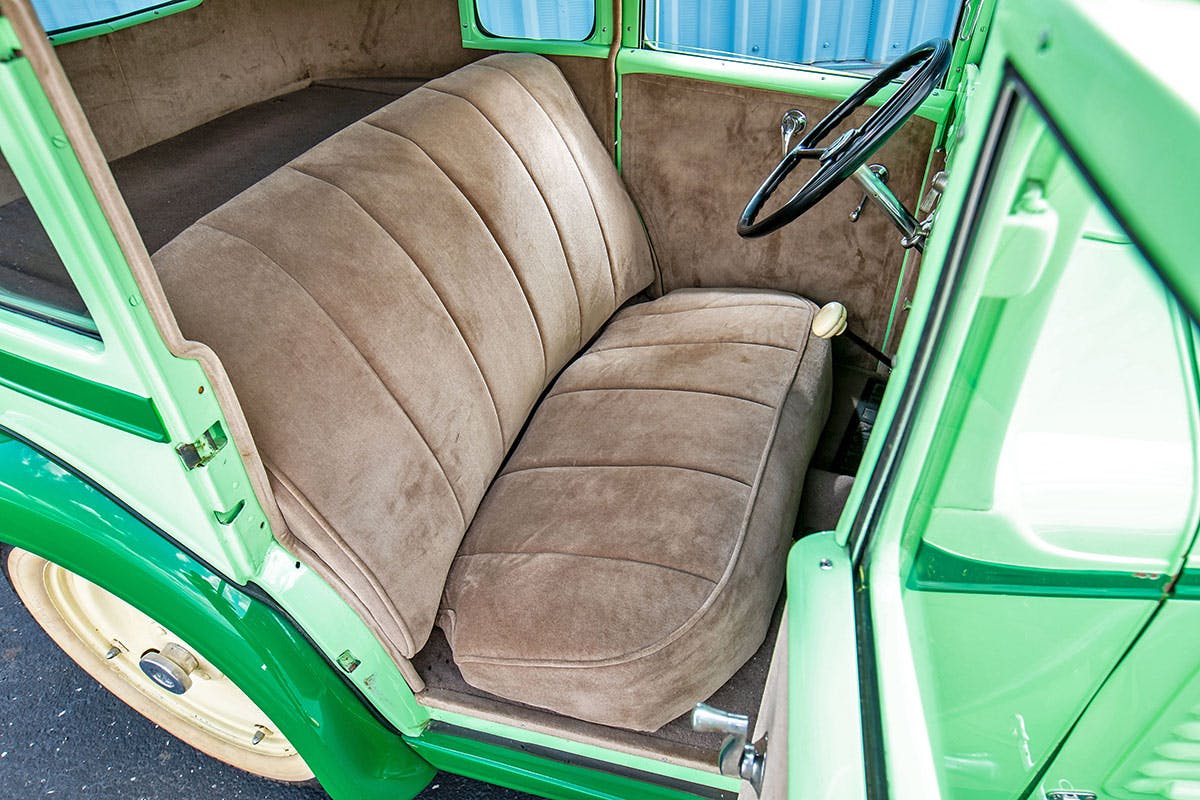
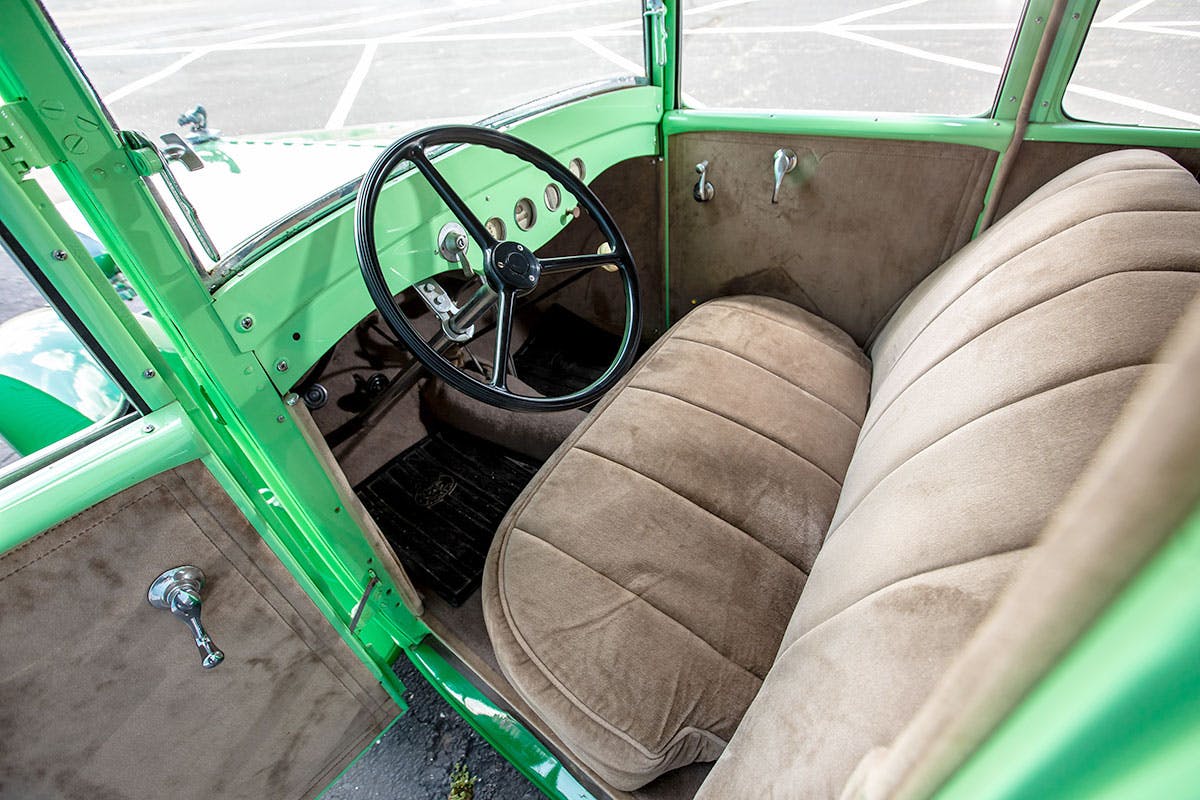

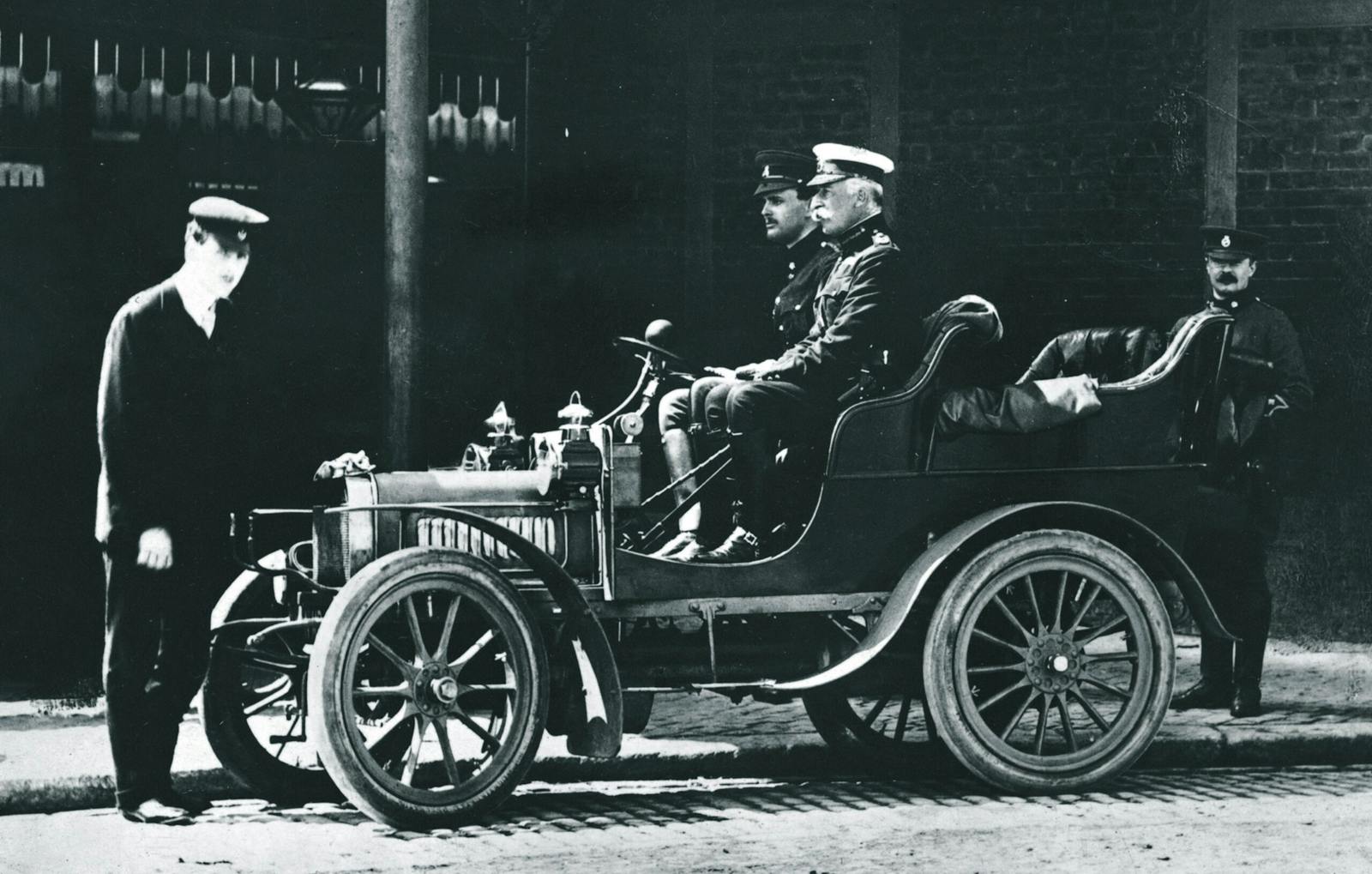
That’s a pretty short looking car with a very bright limey paint job. It’s interesting.
I own the British version, the Austin Seven 1930 tourer model called the chummy.
747cc, 3 speed gearbox, cable brakes.
Diminutive? Yes but also great fuel mileage and fun to drive!
Really the grandma of all small Austins that followed and saving the factory from bankruptcy when
launched in 1922.
Why did Austin bother introducing the Mini? Could have just kept selling these.
Really enjoyed the Austin story, was not aware of the car. Are there many left in Canada or U.S. ??